Dogs Can Detect Parkinson’s Disease by Smell Years Before Symptoms Appear, With Up to 98% Accuracy, a New Study Finds
Last updated on
It started with something simple: a wife noticing a change in her husband’s scent. For Joy Milne, a nurse in Scotland, that strange, musky smell was a mystery for years until her husband was diagnosed with Parkinson’s disease.
What she couldn’t have known was that her observation would spark a scientific breakthrough. Researchers have now confirmed her hunch in a remarkable way: by training dogs to detect that very same scent, opening the door to a new way of fighting the world’s fastest-growing brain condition.
The Woman Who Smelled Parkinson’s
The idea that diseases have a specific smell might sound like old-fashioned wisdom, but it’s actually a serious field of modern medical science. When a disease like Parkinson’s begins, it can alter the body’s chemistry, causing it to release a unique “odor fingerprint.”
This scent is made of tiny chemical particles called Volatile Organic Compounds (VOCs). While our own noses usually aren’t sharp enough to notice these subtle signals, a dog’s sense of smell is in a different league. With up to 10,000 times more sensitivity, they can detect some chemicals at a concentration equal to one drop of liquid in twenty Olympic-sized swimming pools.
In Parkinson’s, this tell-tale scent comes from sebum—the oily substance our skin produces naturally. A little-known symptom of the disease is producing too much sebum. This means the body isn’t just creating a different chemical signature; it’s also broadcasting it more loudly, making it easy to collect a sample with a simple, painless swab of the skin.
This whole area of research was kicked off by Joy Milne and her exceptionally sensitive nose. She first noticed the change in her husband’s scent a full twelve years before his diagnosis. Later, at a Parkinson’s support group, she realized others with the condition had the same distinct smell.
When scientists put her to the test, she was flawless. Given t-shirts to smell from both patients and healthy volunteers, she correctly identified every single patient. Her most stunning moment, however, came from what looked like a mistake. She insisted one of the “healthy” individuals carried the Parkinson’s scent. The researchers noted it as an error, but eight months later, that same person was diagnosed. It was undeniable proof: the scent was real, and it appeared years before the disease’s most debilitating symptoms.
Meet the Parkinson’s Detectives
Joy’s incredible ability was the first clue, but for the idea to be taken seriously, it needed hard scientific proof. A landmark 2025 study provided just that.
In a team effort between universities and the charity Medical Detection Dogs, researchers set up an experiment to ensure the results were completely unbiased. They used a “double-blind” method, where neither the dog handlers nor the scientists knew which skin-swab samples came from people with Parkinson’s. This is the gold standard for research because it prevents anyone from accidentally tipping off the dogs.
Finding the right dogs for the job was a challenge in itself. The program started with ten, but the task was so difficult that eight couldn’t master it. The final results came from the two dogs who finished the year-long training: a Golden Retriever named “Bumper” and a Labrador-mix named “Peanut.”
Their performance with 100 new samples is what made headlines. The much-talked-about “98% accuracy” number refers to specificity—how good a test is at correctly identifying a negative result. Peanut’s 98.3% specificity means he almost never gave a false alarm. This is crucial because it prevents healthy people from being subjected to unnecessary worry and more invasive tests.
The other side of the coin is sensitivity, which is how well the test identifies a positive case. Here, the dogs’ performance was solid but not perfect, with Bumper scoring 70% and Peanut 80%. This result shows that dogs aren’t ready to be a single, definitive test for Parkinson’s. But their incredible ability to rule people out makes them a game-changing tool. They could quickly and cheaply screen large groups of people to find a smaller, high-risk group needing a closer look from doctors.
How Science Isolates the Scent
While Bumper and Peanut proved the scent existed, they couldn’t tell us what it was made of. For that, the science moved from the training field to the lab. Using a powerful machine, researchers analyzed the chemical makeup of the sebum samples, creating a complete chemical fingerprint of the scent.
What they found was fascinating. The “smell of Parkinson’s” isn’t from a single new chemical. Instead, it’s a subtle shift in the balance of compounds that are already in everyone’s sebum.
Think of it like a musical chord: playing the same notes but changing the volume of each one creates a totally different sound. In this case, altered levels of chemicals like eicosane, perillic aldehyde, and octadecanal create the unique scent “chord” the dogs are trained to recognize. By identifying this precise chemical signature, scientists now have a clear target. The mission is to build a device that can hear this “music” just as perfectly as the dogs do.
From Bio-Sensor to E-Nose
As amazing as dogs are, using them in every clinic just isn’t practical. The training is long and expensive, and as the study showed, not many dogs make the final cut. Plus, a living sensor can have an off day or get distracted. It’s a system that can’t be easily standardized or scaled up for a global health challenge.
For these reasons, the dogs are not the final answer; they are the guides. The ultimate goal is to translate their biological ability into a mass-producible piece of technology. This is the “electronic nose,” or e-nose—a handheld device that uses an array of chemical sensors and smart algorithms to do what Bumper and Peanut do.
Early prototypes are already showing promise. One device demonstrated an impressive 91.7% sensitivity, even better than the dogs at catching positive cases. However, it came with a critical flaw: a low specificity of only 50%. This means it flagged half of all healthy people as potentially having the disease—a false-positive rate far too high to be useful. This highlights the complexity of the task: the canine brain is still light-years ahead of our current algorithms in its ability to filter out all the background noise and find the true disease signal.
A New Leash on Hope
The success of these scent-detecting dogs is more than a fascinating headline; it’s a fundamental shift in how we approach brain diseases. We are unlikely to see dogs greeting patients in neurology clinics, but their work is far more valuable than that. They have provided the living, breathing, tail-wagging proof that a reliable, non-invasive signal for Parkinson’s exists and that it can be detected years before symptoms appear.
The path forward is now a dual-track approach. On one track, researchers will continue to partner with these gifted animals to explore the frontiers of the Parkinson’s scent. On the other, the main focus will be on accelerating the development of the e-nose, creating better sensors and smarter algorithms.
This entire field of research was sparked by a wife’s intuition and validated by the incredible noses of two dedicated dogs. It has opened the most promising path yet toward the holy grail of Parkinson’s research: a simple, cheap, and effective tool for early diagnosis. The journey is long, but for the millions of people whose lives are affected by this disease, it represents a powerful, tangible, and hopeful new beginning.
Source:
- Rooney, N., Trivedi, D. K., Sinclair, E., Walton-Doyle, C., Silverdale, M., Barran, P., Kunath, T., Morant, S., Somerville, M., Smith, J., Jones-Diette, J., Corish, J., Milne, J., & Guest, C. (2025). Trained dogs can detect the odor of Parkinson’s disease. Journal of Parkinson S Disease. https://doi.org/10.1177/1877718×251342485
Some of the links I post on this site are affiliate links. If you go through them to make a purchase, I will earn a small commission (at no additional cost to you). However, note that I’m recommending these products because of their quality and that I have good experience using them, not because of the commission to be made.


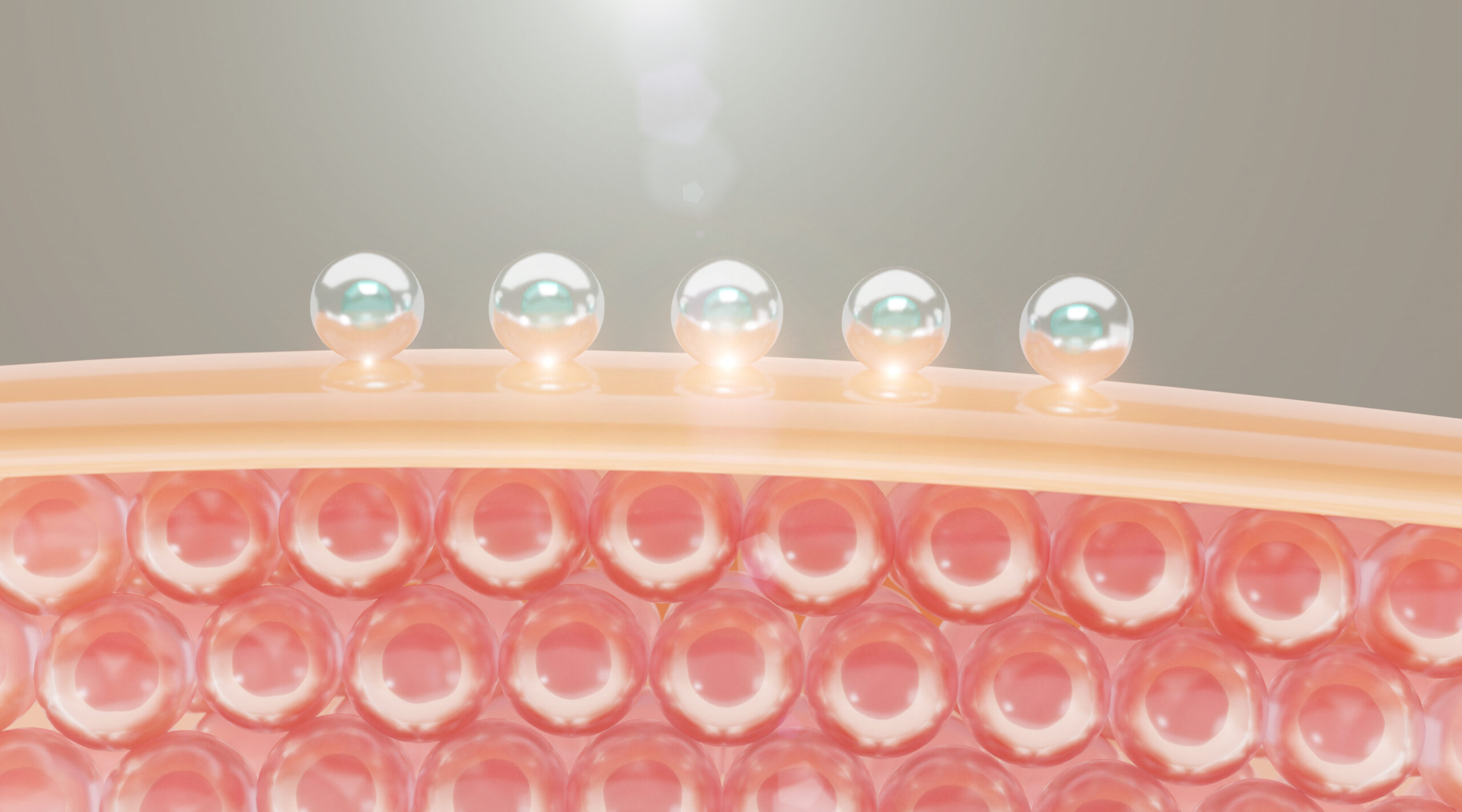
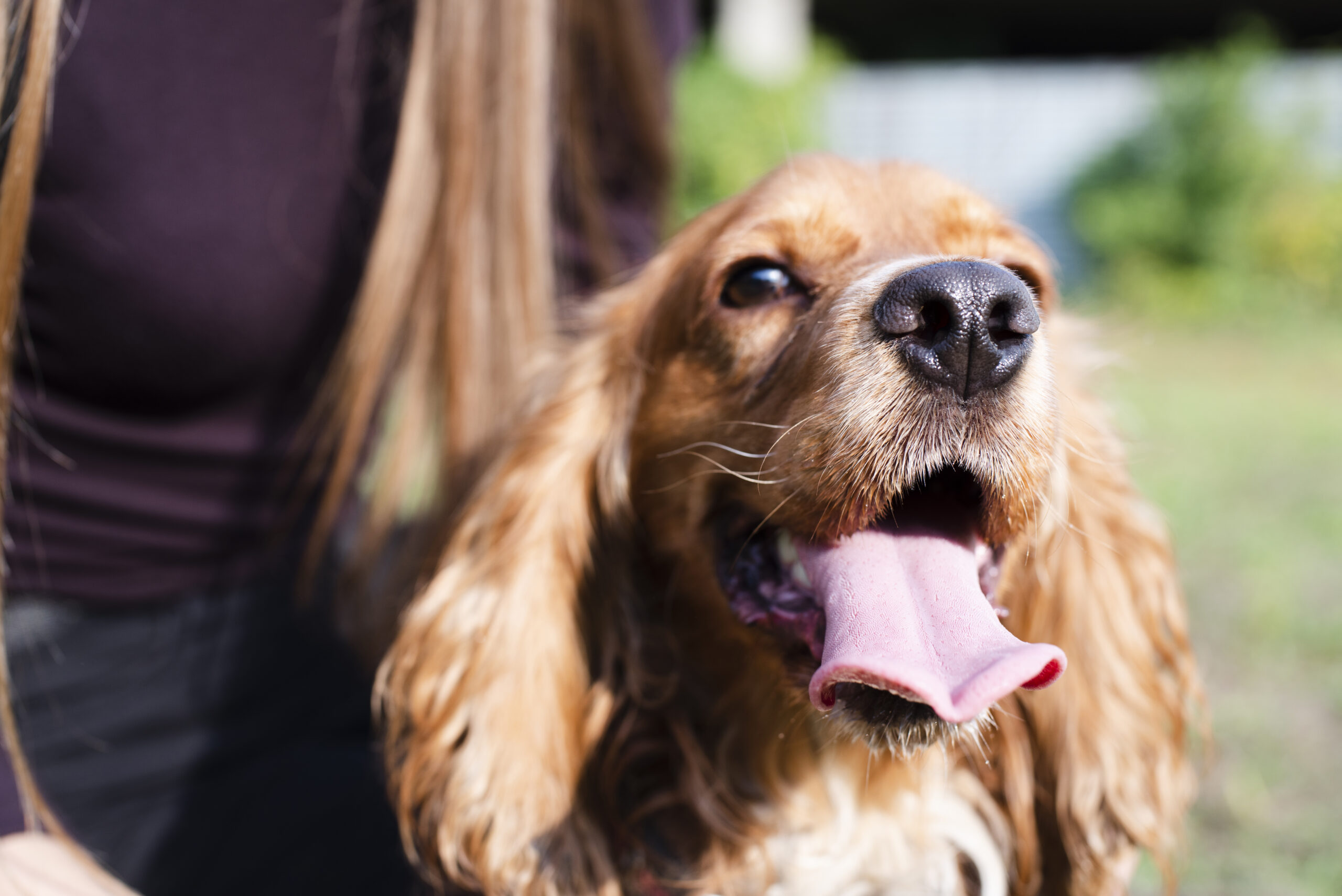
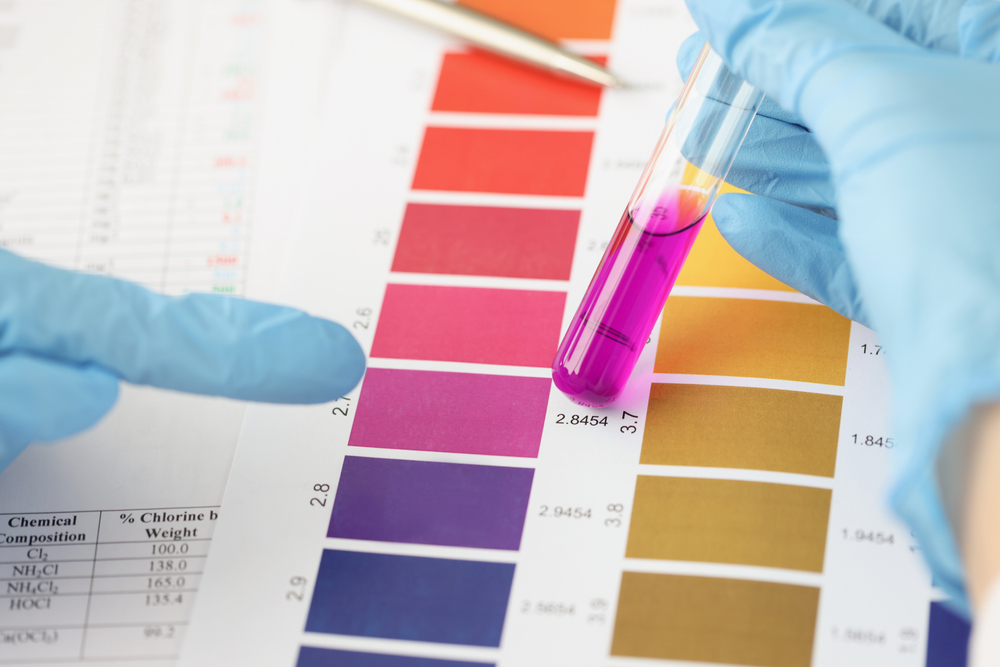
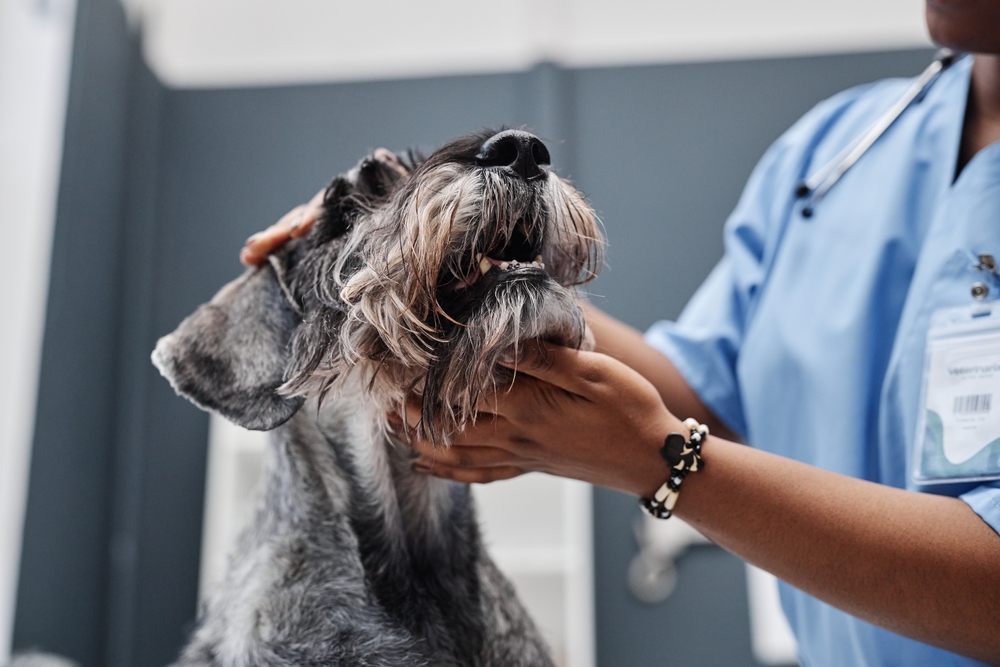
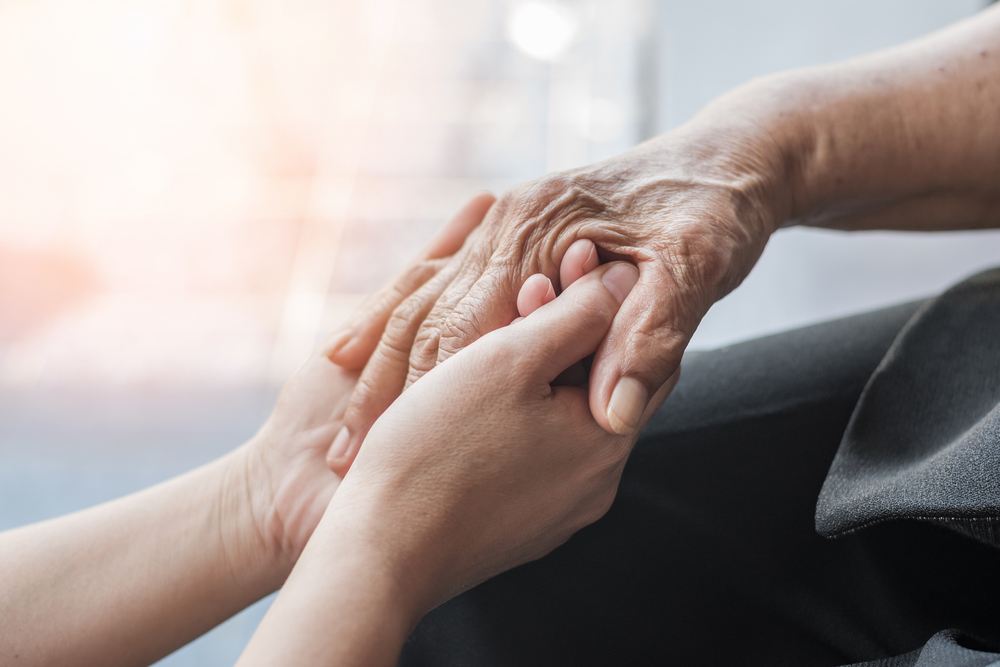



























 JOIN OVER
JOIN OVER
Comments